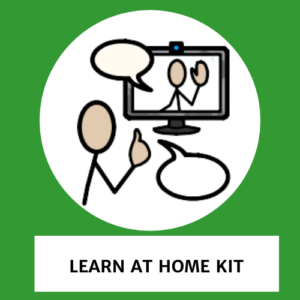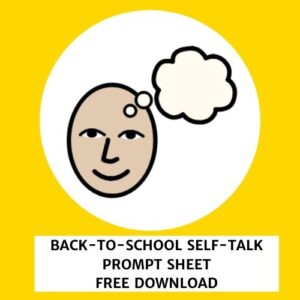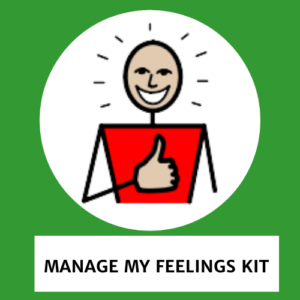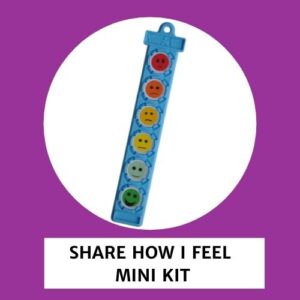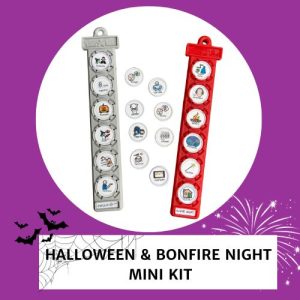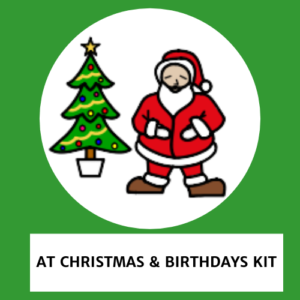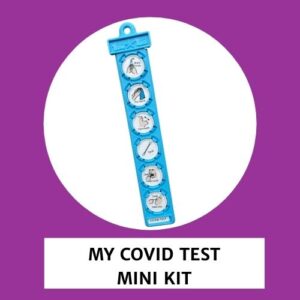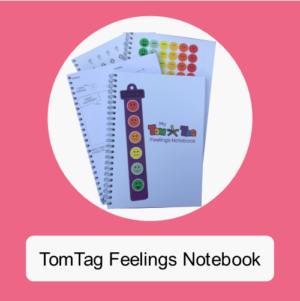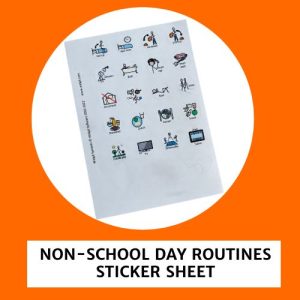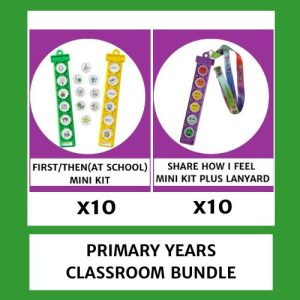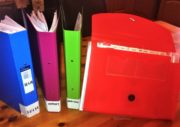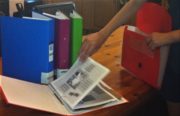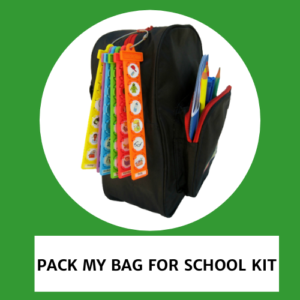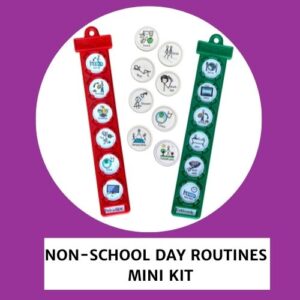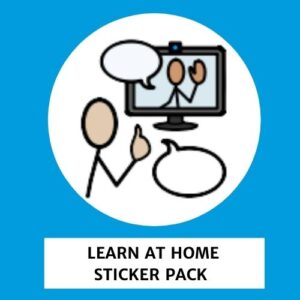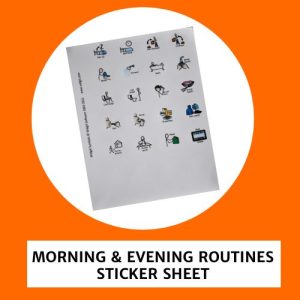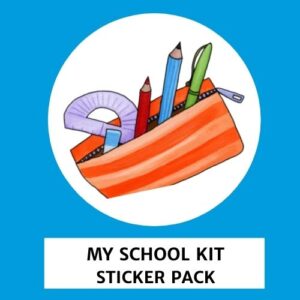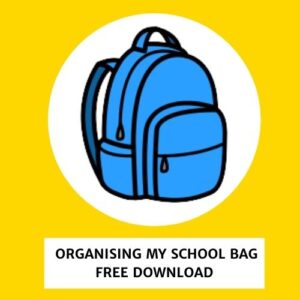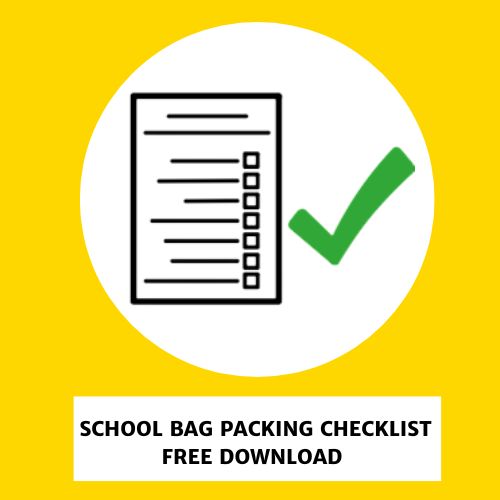Our lives are full of sensory experiences. We take in information about the world around us through our senses – we touch, move, see, hear, taste and smell.
Many people with autism have difficulties interpreting this sensory information. Sensory sensitivity can significantly impact an individual’s behaviour and ability to develop independence in life skills.
Here are a few of the personal care strategies that have helped me to better manage my son’s sensory-driven behaviours.
DRESSING
- Use comfortable clothes – consider particularly the type of fabric and length of sleeve
- Cut off care labels from inside clothes
- If seams cannot be tolerated try wearing undergarments (eg leggings under trousers) to reduce friction
- Wash and dry clothes in unscented products
- Dressing in front of a mirror can help provide visual cues to improve sequencing and body awareness
PERSONAL HYGIENE
- Use non-perfumed soap
- Apply firm pressure when shampooing or drying with a towel
- Be aware of bathroom lighting levels and reduce any loud noises e.g. run the bath before the young person goes into the bathroom
- Provide deep touch using a towel to head, hands and feet
HAIR CARE
- Use a firm stroke or pressure as you comb or wash their hair
- Count or have the young person count as you comb, wash or cut their hair
- Give a definite time limit to the task e.g. brush or cut until you or they count to 10
TOILETING
- Use moist toilet roll if the young person is sensitive to toilet tissue
- If feet don’t reach the ground when sitting, using a stepping stool to rest feet on will help the child feel safer
- Try a padded seat insert if the young person doesn’t like how the toilet seat feels
It’s important to talk to the young person to try and understand their individual issues and to explain each step of what you are doing to help them.
Visual aids can also be used to help the young person understand the activity and remember the order or sequence of actions. Our TomTag self care pack is designed to help guide self care tasks such as dressing, washing, toileting etc.
We also recommend Little Grippers socks which use “stay on technology” to help them to stick rather than grip the skin so they don’t fall down or move around.
For more tips, this friendshipcircle blog has some really useful information.
Please feel free to share and let us know which strategies have worked well for you.
-

I Can Do It Brush My Teeth Mini Kit
-
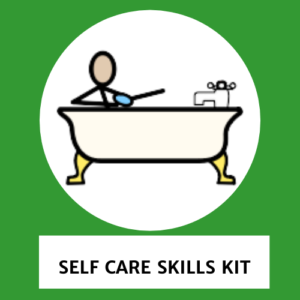
I Can Do It Self Care Skills Kit
-
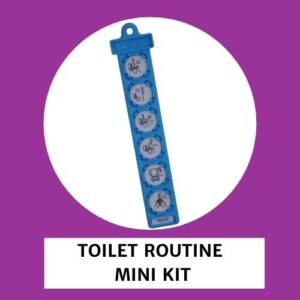
I Can Do It Toilet Routine Mini Kit
-
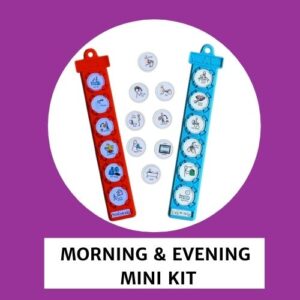
I Know What To Expect – Morning and Evening Mini Kit
-
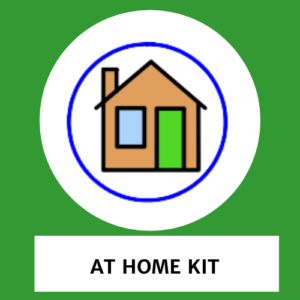
I Know What To Expect At Home Kit
-

Self Care Sticker Pack
-
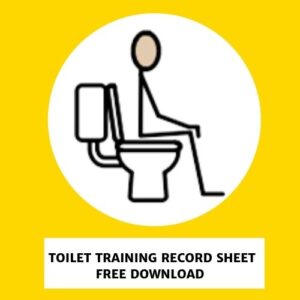
Toilet Training Record Sheet
-
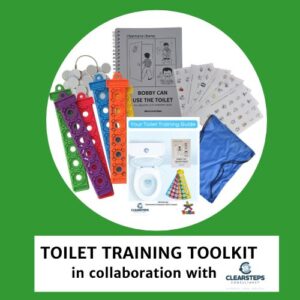
Toilet Training Toolkit in collaboration with Clear Steps Consultancy


